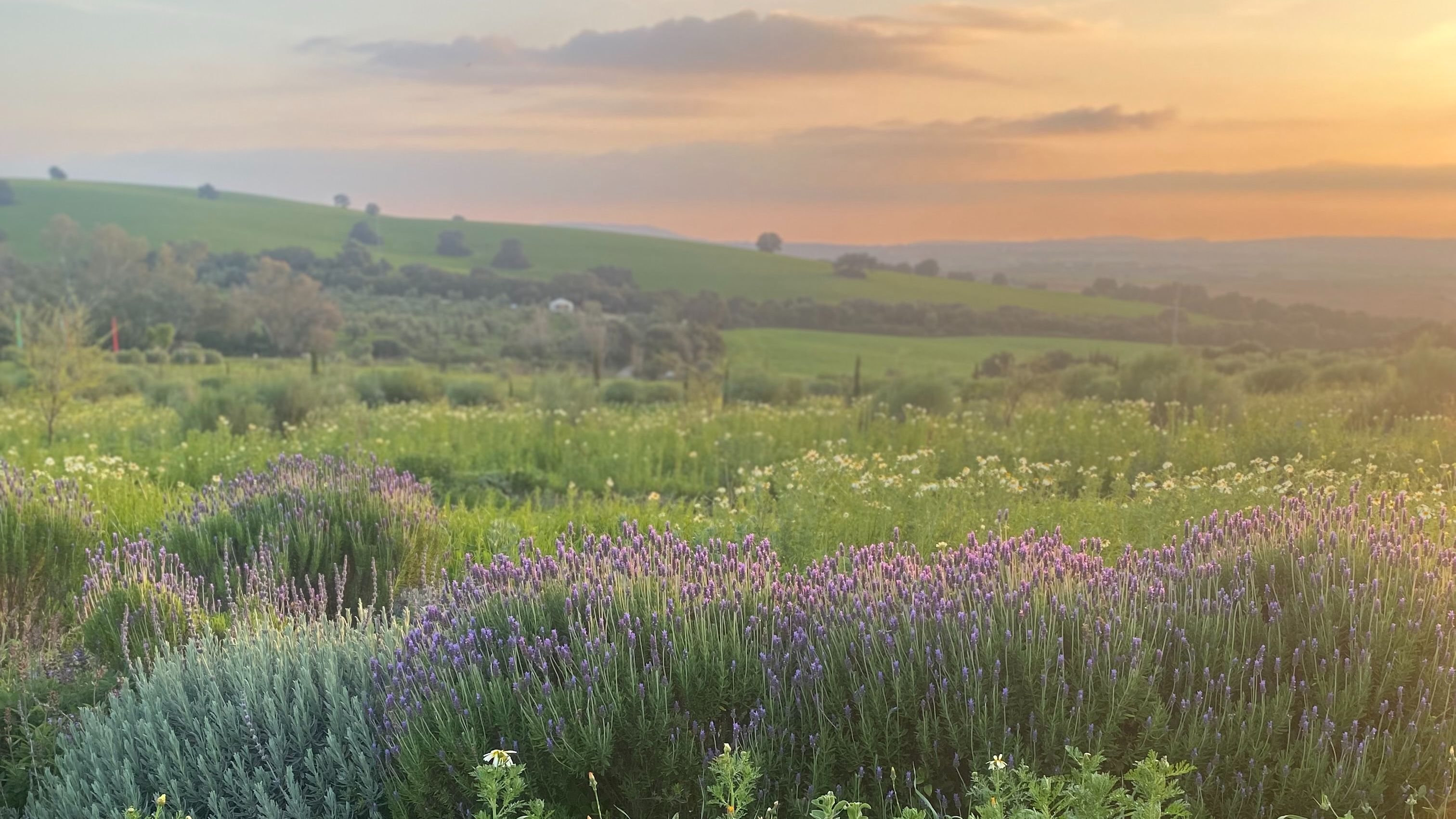Cycles & Sobriety
Mar 24, 2025
‘The first step to getting somewhere is to decide you are not going to stay where you are.’
ANON
I know we’re not quite into lambs-a-leaping, birds-a-singing, this-season’s-dress- a-swishing springtime yet but nearly… (claps hands/crosses fingers). How you noticed the evenings getting a bit lighter? I have seen the daffs appearing in the garden, the croci in the park and on the fringes of the roads and as someone with a history of peaking too early, I’ll take this as a sign!
Chinese Seasons link with our Celtic Brigid/ Imbolc and name this period ‘Early Spring.’ Spring is a great time to adopt new habits. The symbology of the new year makes it popular for many of us to attempt habit change in January as it feels like a great time to wipe the slate clean and start fresh after December 31st. But in keeping with the rhythms of the year, and spring being a time of new beginnings in nature, we can use this renewed energy around us and extra daylight as an ally to help us with habit change.
Habits and how to work with them in a smart way…
We are indeed creatures of habit and have survived successfully as a species partly because of habits. If you think about how many actions we take each day, if we had to consciously think about each one, we would never get anything done! We learn habits by forming a habit loop of memory – we perform Behaviour X, and this brings certain pleasurable results because dopamine is released in the brain. Because it feels nice, we repeat Behaviour X until it becomes habitual, unconscious or involuntary.
In his book, Atomic Habits, author James Clear breaks down the habit loop into four parts: cue, craving, response and reward. In the case of drinking alcohol, the loop might work as follows: cue = stress; craving = wanting a glass of wine; response = drinking the wine; reward = temporary numbness caused by alcohol. If we repeat this loop, we need to do it more and more over time and increase the quantity of the response as our brain adapts to anything we keep repeating, requiring more to reach the same result. Because alcohol unbalances our neurotransmitters, over time it ends up actually causing the stress, which only feeds and perpetuates the cycle.
The habit loop
When alcohol consumption has crossed that line into habitual, problematic drinking, many people describe their relationship with it as being stuck in a hamster wheel. Albert Einstein reportedly said, ‘Insanity is doing the same thing over and over again and expecting different results.’ Is that how your drinking habit feels? It certainly did to me.
We now know from neuroscience and brain imaging that we can get addicted to anything, from online shopping to gambling to tattoos. The insidious thing about alcohol is it’s the only addictive, mind-altering drug that is legal and positively encouraged. It is also one of the only drugs – along with opiates such as heroin – where withdrawal from it can cause death. We can’t escape the ancient biology of our dopamine loopy brains but we can work with them to replace unhealthy habits with helpful and healthy ones, thereby unhooking ourselves from the bad ones, with repetition and a strategy.
I was literally so bored of having the same conversations with myself.
I couldn’t see a life without alcohol in it. My diaries are full of circular conversations and failed attempts at moderation. Every time I woke up feeling jaded and dehydrated after drinking, I would tell myself how much I hated
it and decide to give up. Three days later, I felt better and would decide to have a glass of wine and the whole cycle would repeat again. Trying to control the amount, the type of alcohol, or make different rules around drinking was futile and kept me stuck, locked in this loop. The only way to stop the cycle was to remove alcohol.
Inspired by Clear’s work, I suggest using these four steps to help break the negative habit of drinking alcohol:
-
Make it difficult – get rid of any booze from the house.
-
Make it invisible – come off social media except sober forums.
-
Make it unsatisfying – keep old diaries handy so it motivates you to not go back.
-
Make it unrewarding – be accountable by telling people on a sober forum that you
want to stop drinking. They will offer support and encouragement, and being seen is super-helpful in keeping to your plan.
To build the new good habit of being sober, we then reverse the process by flipping the stages above into positive steps, like this:
-
Make it easy – buy some lovely AF (alcohol-free) drinks for your home.
-
Make it visible – perhaps create a vision board of sober celebs, and/or change the
passwords on your computer to something like, ‘I am a sober badass.’
-
Make it satisfying – read quit lit and inspiring sober posts
-
Make it rewarding – post day counts on sober forums and buy yourself some
sober treats
Soon, your virtuous cycle will begin to turn and gather momentum – becoming, over time, your new unconscious habit. You will feel better and more sure-footed, able to cope to and build a variety of different responses to your stress cues – using your sober toolkit of exercise, treats, rewards, positive connections and rest.
For Your Journal
-
How can I make drinking alcohol difficult, invisible, unrewarding and unsatisfying?
-
How can I make my new alcohol-free choice easy, visible, rewarding and satisfying?
-
Because I was sober, this week I . . .

